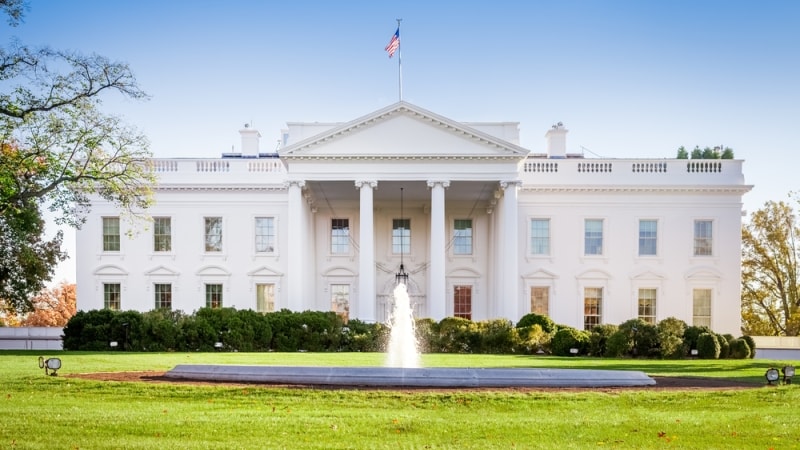
Arati Prabhakar, director of the White House Office of Science and Technology Policy (OSTP), said this week that President Biden’s forthcoming executive order (EO) on AI will make significant progress, but it won’t be able to sufficiently stand on its own as guardrails for the emerging technology.
During the Washington Post Live’s AI Summit on Oct. 26, Prabhakar explained that the AI EO – coupled with private sector commitments, Federal guidance from the Office of Management and Budget (OMB), and congressional legislation – will offer a more comprehensive approach to tackling AI guardrails in the United States.
“We are going to make such significant progress with this very focused work that we’re doing,” the OSTP head said. “The president has been clear: we have to get this right. And what you’ll see as we do the actions that have already taken place – the EO, the OMB guidance, all of which is to come – with all of that in place, I think you will really see a broad cohesive, comprehensive approach to getting AI right.”
The Biden administration is expected to release its much-anticipated AI EO on Monday, and Prabhakar said OMB’s guidance to Federal agencies is “working in parallel with the EO” and will follow the president’s document soon after its release.
The White House announced in July that OMB would be releasing draft policy guidance for Federal agencies to ensure the development, procurement, and use of AI systems is centered around safeguarding the American people’s rights and safety.
“The Office of Management and Budget is putting out guidance for how the government uses AI and that is a very big deal because getting that right is a place of tremendous opportunity for leadership,” Prabhakar said during the Post’s AI Summit. “So, when you look at that slate – followed by legislation we hope close behind – I think we are really in a very strong position.”
Senate Majority Leader Chuck Schumer, D-N.Y., said separately during the Post’s Oct. 26 event that while the White House’s AI EO will be a crucial part of regulation, “everyone admits the only real answer is legislative.”
Sen. Schumer didn’t offer any new insight into how far along Congress is in creating comprehensive AI legislation but reiterated that it’s not a process they can speed along too quickly.
“It’s not going to be days or weeks before we put out proposals, but it’s not going to be years either. We have to do it in months-type time,” Sen. Schumer said.
The senator said he hopes legislation will be available before the next presidential election in 2024, but if it’s not, he’s not opposed to moving pieces along separately – like watermarking AI-generated content, or more strictly, banning the use of AI to generate deceptive content to influence Federal elections.
He emphasized the need for guardrails in AI. “This is difficult, but so important,” he said. “Certainly, if we do nothing, the outcomes will be worse than if we do something that’s decent.”
